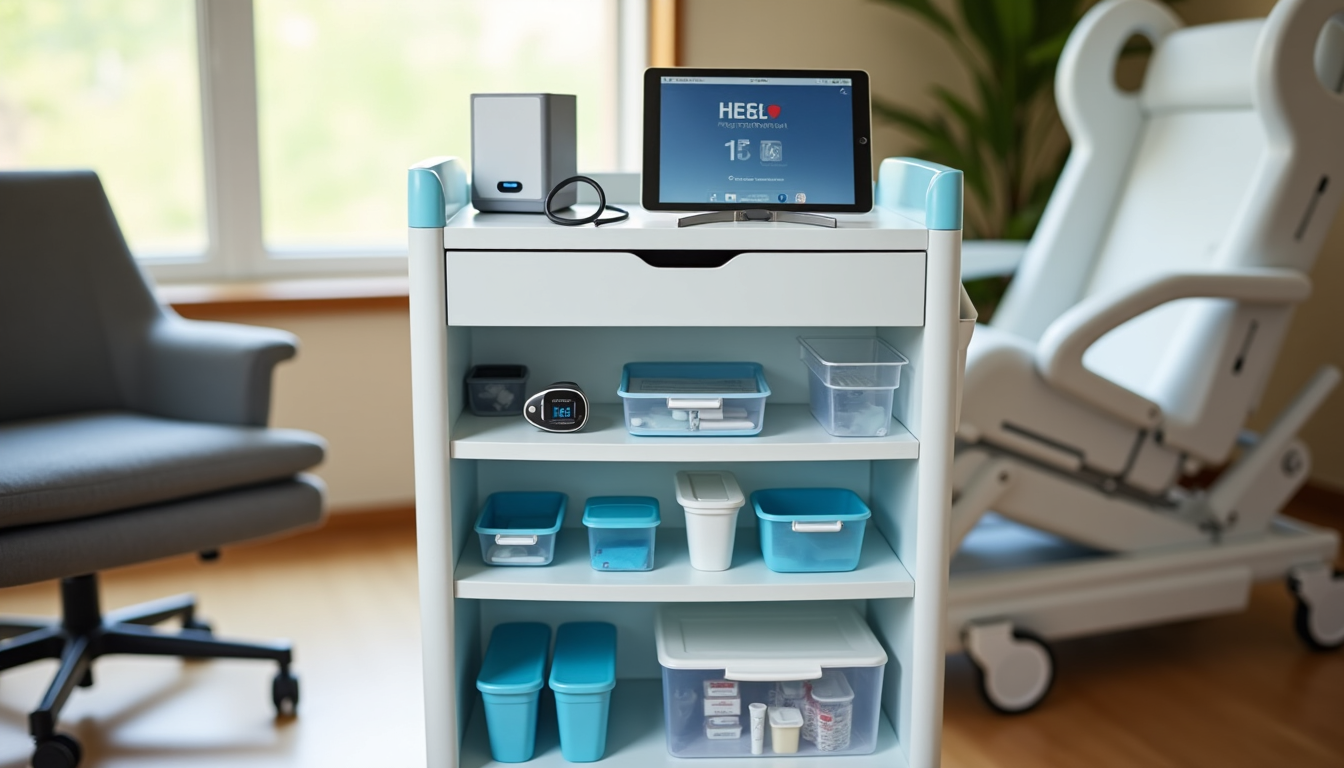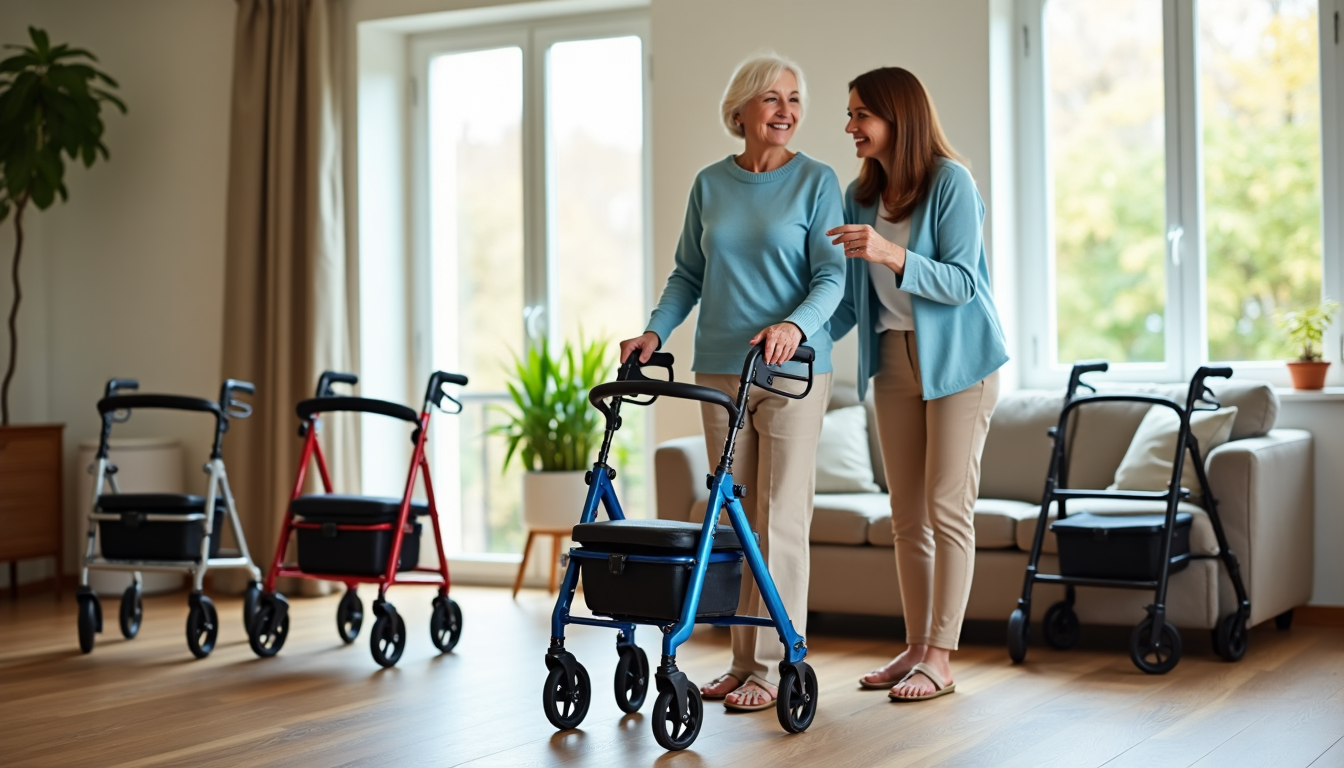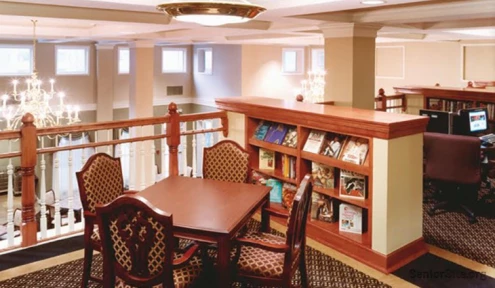Caregiving demands exceptional physical strength and mental toughness, making the right caregiver supplies crucial for preventing burnout in this challenging profession. I’ve learned that while most nurses focus on basic equipment, they often don’t mention the game-changing tools that make daily care routines manageable.
In fact, our research shows that unpaid caregivers frequently feel overwhelmed when juggling multiple responsibilities. However, with essential tools like electronic health records, medication management systems, and proper organizational equipment, we can significantly reduce this stress. As someone who understands these challenges, I’ll share the most effective caregiver products and time-saving solutions that experienced nurses typically keep to themselves.
Essential Tools That Nurses Keep Secret
Beyond standard medical equipment, nurses rely on specialized tools that streamline their caregiving duties. These lesser-known supplies often make the difference between an exhausting shift and a manageable one.
Hidden organizational tools
Smart organization transforms chaotic caregiving into a structured routine. Electronic health records (EHRs) stand out as a game-changing tool, allowing caregivers to access and update client information instantly. Additionally, many nurses depend on multi-purpose lanyards with specialized pockets for storing essential items like ID cards, pens, and quick-reference materials.
For medication management, automated pill dispensers have become indispensable. These sophisticated devices not only dispense the right medications at prescribed times but also send alerts if doses are missed. Furthermore, pocket guides and reference books prove invaluable for experienced and new caregivers alike, offering quick confirmation of treatment plans or medical explanations.
Time-saving gadgets
Modern technology has introduced remarkable tools that boost efficiency. The Eko digital stethoscope attachment, an FDA-approved device, connects to traditional stethoscopes and creates digital records. Moreover, smart wearable sensors help track vital signs and movement patterns without constant bedside checks.
The Livescribe Echo Smart Pen has emerged as another essential tool, capturing written notes digitally and syncing them to computers for easy access. For enhanced communication, Vocera devices worn around the neck function as walkie-talkies while handling phone calls.
Unconventional cleaning supplies
Experienced nurses often turn to natural cleaning alternatives that prove both effective and safer. Lemons, thanks to their acidic properties, excel at removing soap scum and hard-water deposits. Similarly, vinegar serves as a powerful cleaner, breaking through mineral deposits and inhibiting mold growth.
Rather than relying solely on harsh chemical cleaners, many caregivers opt for naturally derived, nontoxic products. These alternatives not only protect the health of both caregiver and patient but also contribute to better indoor air quality. PhoneSoap, another innovative cleaning tool, specifically targets bacteria hiding in phone crevices that traditional cleaning methods can’t reach.
Through strategic use of these hidden tools, time-saving gadgets, and alternative cleaning supplies, caregivers can focus more on what truly matters – providing quality care to their patients. These carefully chosen supplies create a more efficient and safer caregiving environment while reducing physical and mental strain.
Smart Storage Solutions for Caregiver Supplies
Proper storage solutions make a significant difference in delivering efficient care. Through years of experience, I’ve discovered that organizing medical supplies strategically helps prevent emergencies and reduces daily stress.
Mobile supply stations
Workstations on wheels have emerged as essential tools for modern caregiving. These mobile stations enable secure transport of medications and supplies during rounds. The best mobile stations feature ergonomic handles for effortless steering and whisper-quiet wheels that work smoothly on both carpet and hard floors.
For maximum efficiency, I recommend choosing mobile stations with adjustable heights and integrated storage compartments. These features allow caregivers to maintain eye contact with patients while accessing supplies. Furthermore, many stations now include built-in technology integration for updating electronic health records on the go.
Emergency kit organization
Creating a well-organized emergency kit stands as a crucial component of caregiving preparedness. The kit should contain at least a 3-6 day supply of essential items including drinking water, non-perishable food, and medications.
To maintain an effective emergency kit, consider these essential components:
- Medical Documentation: Store copies of birth certificates, medical conditions list, physician contacts, and insurance information in a waterproof container
- Medication Management: Include a week’s worth of prescriptions and maintain an updated medication list
- Basic Supplies: Stock bandages, antiseptic wipes, flashlights with extra batteries, and portable radios
For optimal organization, clear plastic storage containers prove invaluable since they allow quick visual identification of supplies. Subsequently, implementing a First-In, First-Out (FIFO) method helps track expiration dates and minimize waste.
Allocating a dedicated storage area, whether a single shelf or cabinet, ensures all supplies remain easily accessible. Additionally, using transparent bins with clear labels makes it simple to locate items quickly during emergencies. For items requiring temperature control, specialized cold storage lockers help maintain medication safety and efficacy.
By implementing these storage solutions, caregivers can focus more on providing quality care instead of searching for supplies. Proper organization not only saves time but ultimately contributes to better patient outcomes through improved efficiency and reduced stress.
Cost-Effective Alternatives to Expensive Equipment
Smart budgeting helps reduce the financial strain of caregiving, especially considering that family caregivers spend an average of $7,200 annually on care-related expenses. Fortunately, numerous cost-effective alternatives exist for essential equipment and supplies.
DIY caregiver tools
Creating custom tools often proves more economical than purchasing specialized equipment. For instance, drilling a hole in a tennis ball and inserting a pen or paintbrush through it creates an excellent grip aid for writing and artistic activities. Likewise, attaching loops of yarn to zippers makes them easier to handle, particularly for those with limited dexterity.
Budget-friendly substitutes
Several affordable alternatives can replace expensive specialized equipment. A folding cane seat, priced around $22, offers a portable resting solution during walks. For enhanced bed mobility, a bed assist rail with storage pocket costs approximately $30, compared to pricier hospital beds.
Consider these practical substitutions:
- Install couch canes for safer standing instead of purchasing elevated seating
- Use magnetic buttons on existing clothes rather than buying new adaptive clothing
- Place non-slip strips in bathrooms as an alternative to complete shower renovations
- Utilize tub transfer benches instead of installing walk-in showers
Where to find discounts
Local thrift stores frequently offer essential items like walkers, crutches, and bedside commodes at significantly reduced prices. Additionally, numerous online retailers provide substantial savings through:
- Price matching guarantees on medical supplies
- Free shipping on orders over $100
- Seasonal sales offering up to 75% off select items
- Student discounts with valid identification
State and non-profit organizations often provide respite programs offering free or low-cost caregiving services. Moreover, the Veterans Administration offers programs that can provide monthly stipends averaging $2,500 for eligible veterans requiring home care. Through careful planning and utilizing these resources, caregivers can maintain quality care while managing expenses effectively.
Preventing Burnout with the Right Tools
The physical and emotional toll of caregiving often leads to exhaustion, yet with proper tools and support, burnout remains preventable. Research indicates that caregiving can strain work and social life, making it challenging to maintain physical and mental well-being.
Physical support aids
Modern ergonomic solutions have transformed daily caregiving tasks. CareFit Pro medical carts offer personalized height adjustments and screen positioning, enabling caregivers to focus on patients rather than technology. These carts feature long-lasting power supplies and easy-to-clean surfaces that help prevent hospital-acquired infections.
For safer patient transfers, hydraulic lifts and transfer boards prove invaluable in reducing physical strain. Freestanding lifts, designed like wheeled slings, allow smooth patient movement while minimizing back stress on caregivers. Portable ramps present another essential aid, offering accessibility solutions for unexpected architectural barriers.
Mental health tools
Studies demonstrate that assistive technologies decrease workloads and reduce anxiety among informal caregivers. Telehealth platforms enable remote communication with healthcare professionals, minimizing unnecessary in-person visits. Furthermore, wearable health monitoring devices provide real-time data on vital signs and sleep patterns, offering peace of mind through continuous patient monitoring.
Adult day care centers offer structured environments that benefit both caregivers and patients. These facilities provide:
- Meals and supervision
- Social activities and exercise programs
- Educational support groups for caregivers
- Access to social workers for resource connections
Palliative care emerges as another vital support system, offering assistance with:
- Medication management
- Pain control
- Care coordination
- Emotional and spiritual support
Respite care services allow caregivers to take essential breaks, preventing exhaustion. These services ensure patients receive proper care, including meals, medications, and social interactions while caregivers recharge. Additionally, joining caregiver support groups creates opportunities to share experiences and find people facing similar challenges.
Conclusion
Caregiving demands both dedication and the right tools to deliver quality care while protecting our own wellbeing. Through my experience, I’ve learned that success lies not just in having basic supplies, but in choosing smart solutions that make daily routines manageable.
Smart organization tools like EHRs and automated medication systems reduce stress significantly. Combined with proper storage solutions and cost-effective alternatives, these tools help us focus on what truly matters – providing excellent care. The physical and mental support aids we’ve discussed prove essential for preventing burnout and maintaining sustainable caregiving practices.
Remember that caregiving becomes more manageable when we equip ourselves with the right resources. While experienced nurses might not always share these insights, implementing these practical solutions can transform challenging caregiving duties into structured, efficient routines. Start small by incorporating one or two new tools, then gradually build your caregiving toolkit as you become comfortable with each addition.
FAQs
Q1. What are some essential tools that experienced caregivers rely on? Experienced caregivers often use electronic health records (EHRs) for instant access to client information, automated pill dispensers for medication management, and smart wearable sensors for tracking vital signs. They also utilize mobile supply stations and well-organized emergency kits to improve efficiency and preparedness.
Q2. How can caregivers find cost-effective alternatives to expensive equipment? Caregivers can create DIY tools, such as grip aids made from tennis balls, and opt for budget-friendly substitutes like folding cane seats instead of elevated seating. They can also find discounts at local thrift stores, online retailers with price-matching guarantees, and through state and non-profit organizations offering respite programs.
Q3. What are some innovative cleaning solutions used by experienced nurses? Many experienced nurses use natural cleaning alternatives like lemons for removing soap scum and vinegar for breaking through mineral deposits. They also opt for nontoxic, naturally derived products to maintain a healthier environment. Some even use specialized tools like PhoneSoap to clean bacteria from electronic devices.
Q4. How can caregivers prevent burnout using the right tools? Caregivers can prevent burnout by using ergonomic solutions like adjustable medical carts, hydraulic lifts for patient transfers, and portable ramps for accessibility. Mental health tools such as telehealth platforms, wearable health monitoring devices, and respite care services also play a crucial role in reducing stress and maintaining well-being.
Q5. What should be included in a well-organized emergency kit for caregivers? A well-organized emergency kit should contain a 3-6 day supply of essential items including drinking water, non-perishable food, and medications. It should also include medical documentation, a week’s worth of prescriptions, basic supplies like bandages and flashlights, and be stored in clear, labeled containers for easy access during emergencies.












